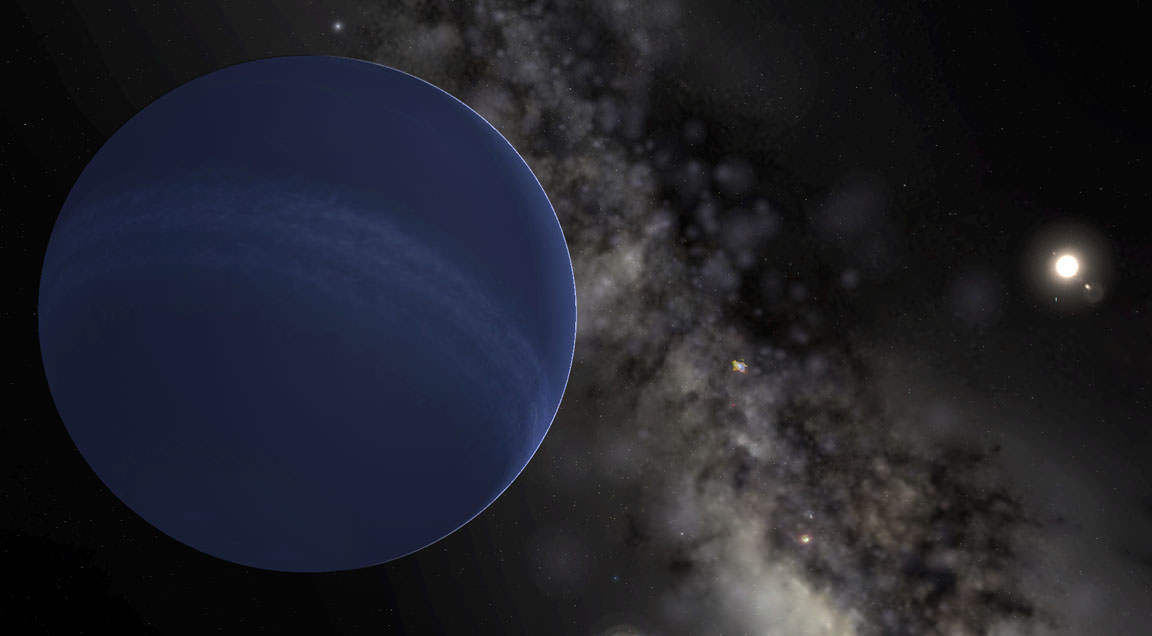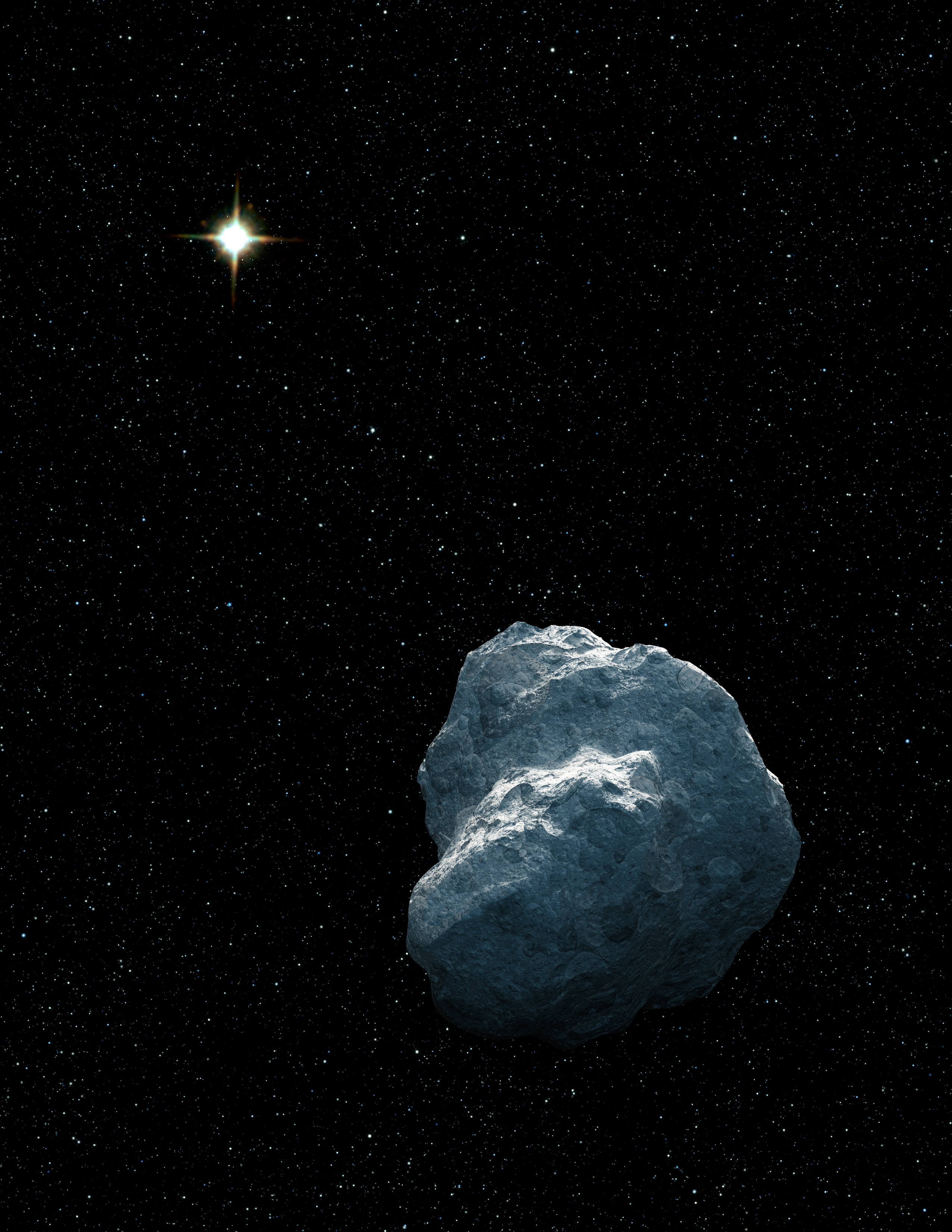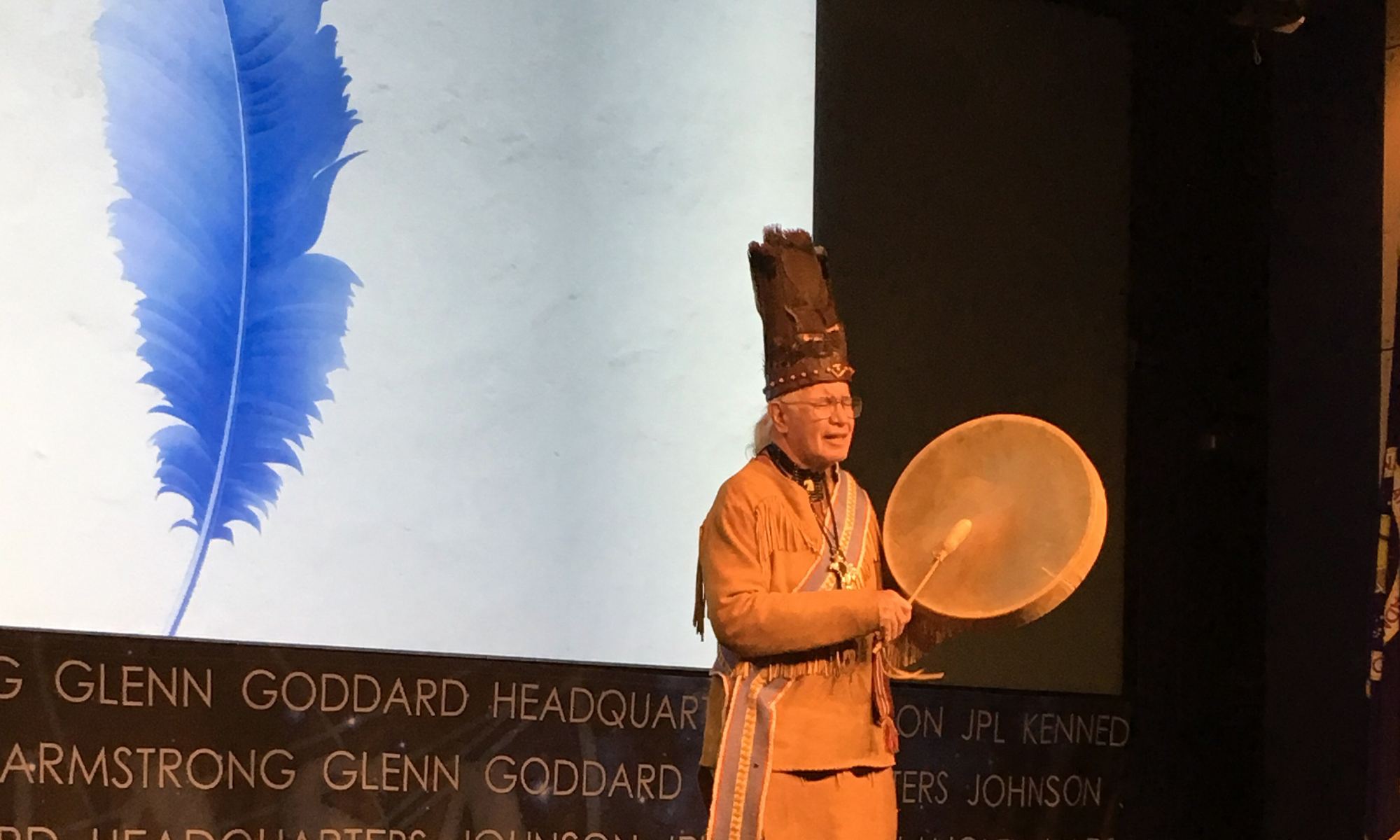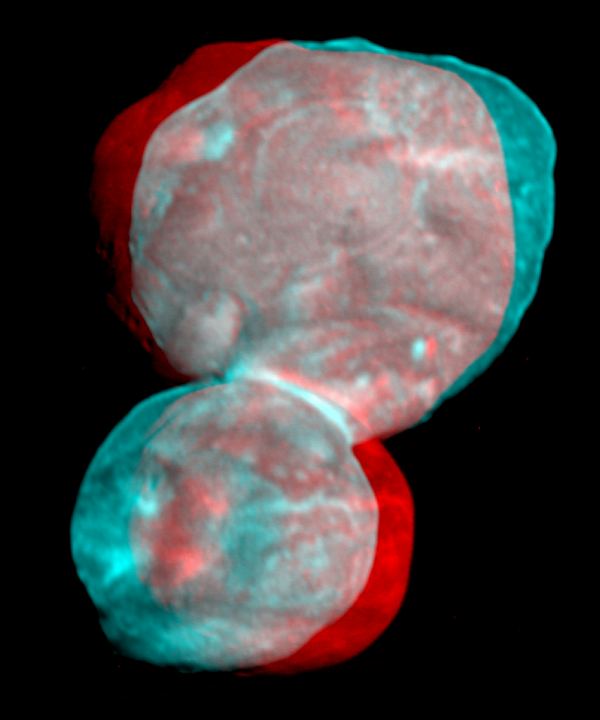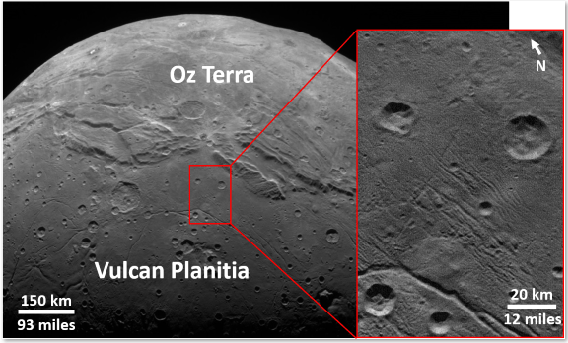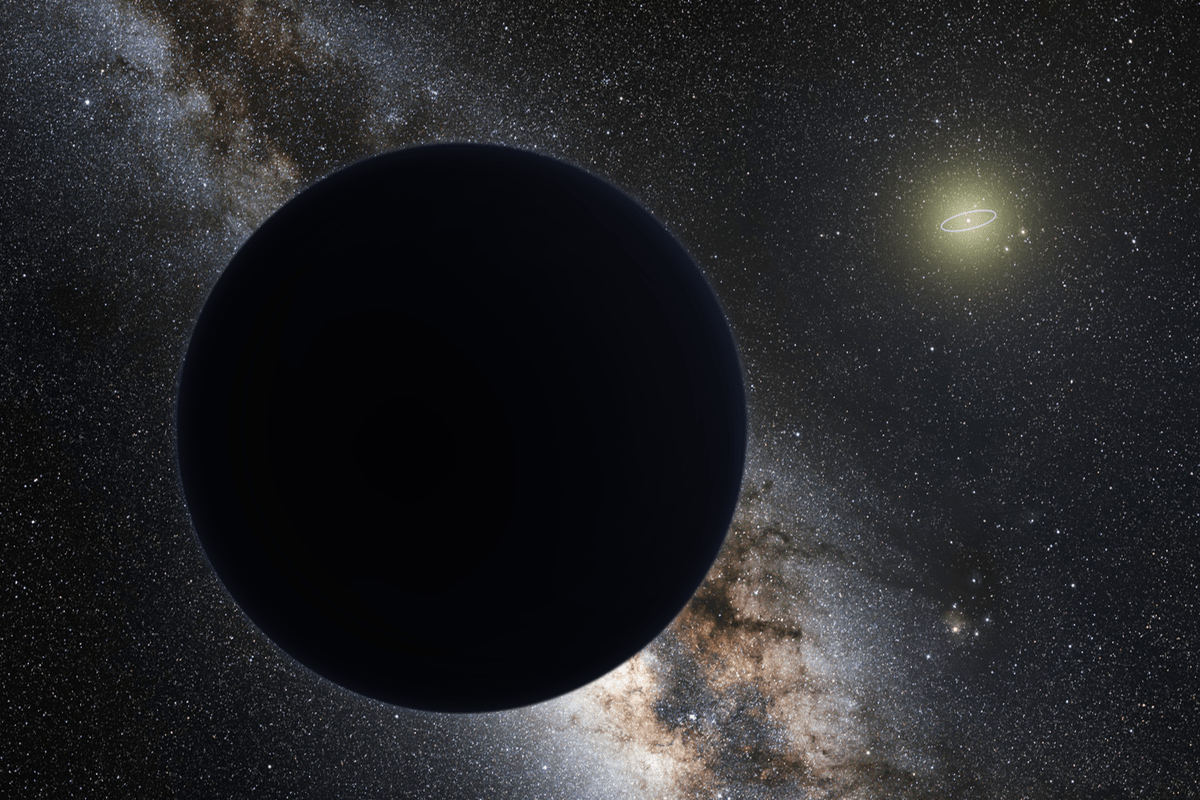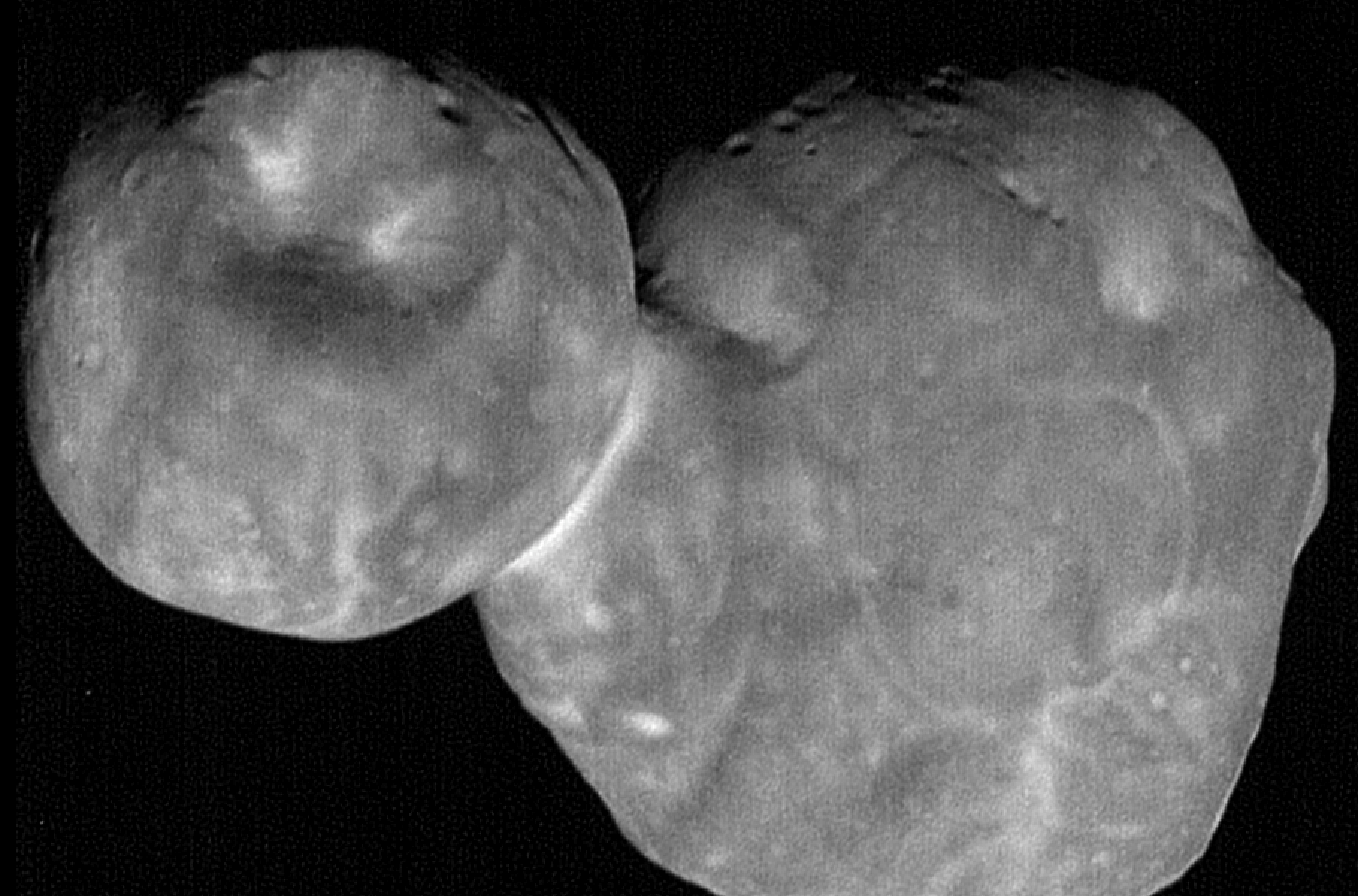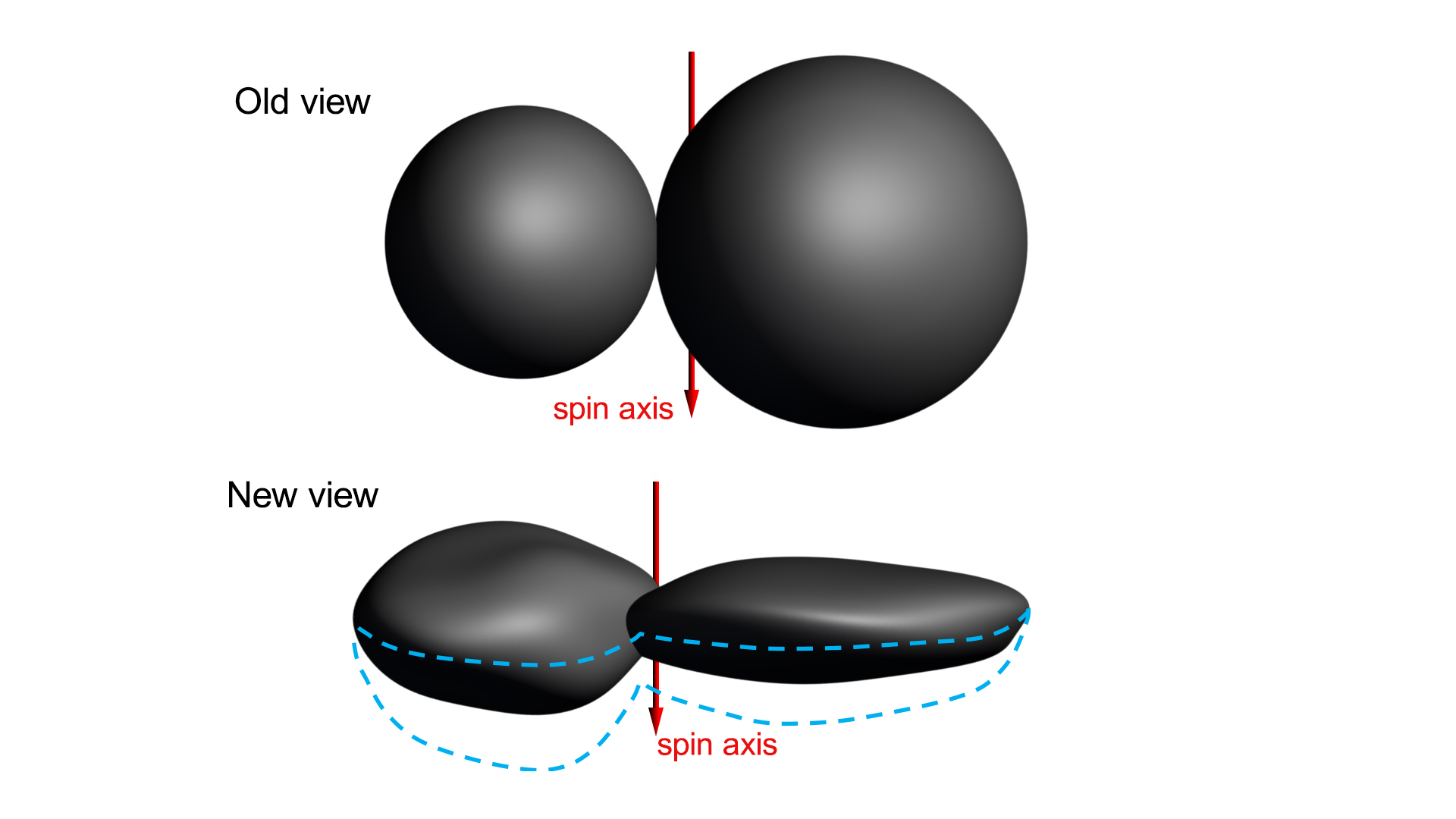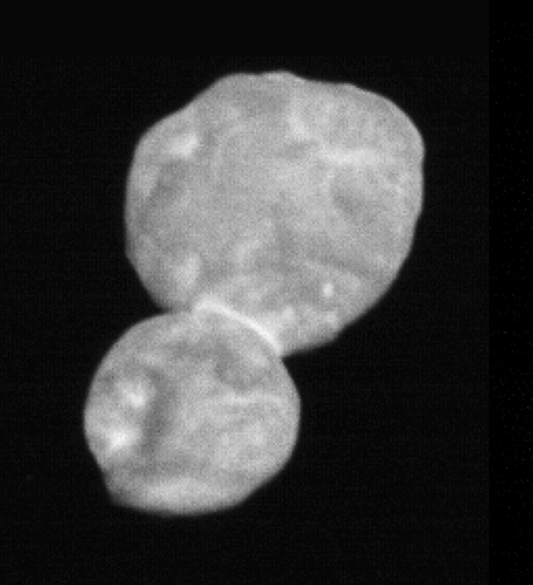Oh Planet Nine, when will you stop toying with us?
Whether you call it Planet Nine, Planet X, the Perturber, Jehoshaphat, “Phattie,” or any of the other proposed names—either serious or flippant—this scientific back and forth over its existence is getting exhausting.
Is this what it was like when they were arguing whether Earth is flat or round?
Continue reading “Maybe the Elusive Planet 9 Doesn’t Exist After All”
